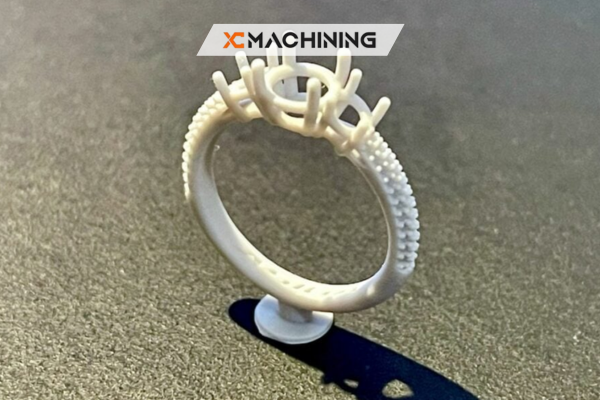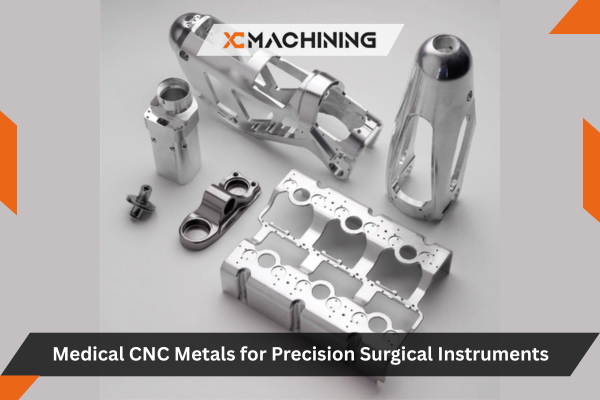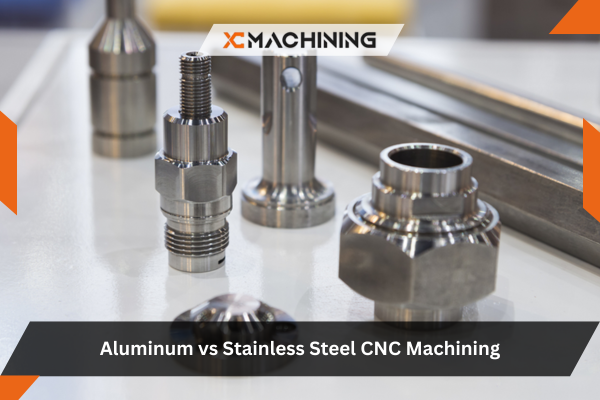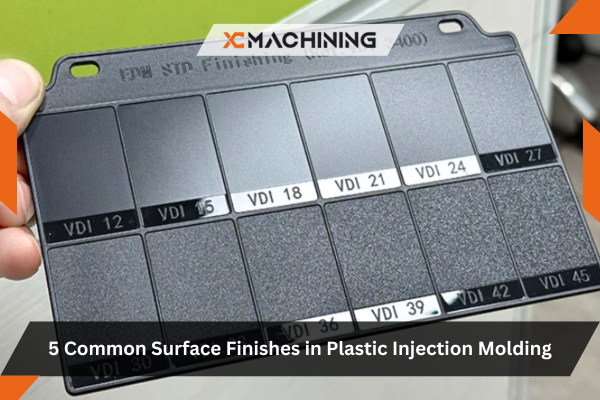If you’re exploring the world of 3D-printed jewelry, you’ve likely come across the filament vs resin 3d printer debate. One approach relies on plastic filaments, often known as FDM (Fused Deposition Modeling). The other uses a liquid resin called SLA (Stereolithography) or DLP (Digital Light Processing). Each method uniquely shapes intricate jewelry pieces, but which one truly excels?
You might be stuck choosing the best option for crisp detail, minimal post-processing, or the overall cost. In truth, both filament vs resin 3D printer can craft wearable art but differ in precision, finishing requirements, and time investment. Understanding these differences allows you to pick the right tool for your jewelry dreams confidently. In this guide, we’ll dive into how each printing style handles small charms, rings, and statement pieces.
Filament vs Resin 3D Printer: Know The Basics
The filament vs resin 3d printer debate centers on FDM’s molten plastic layering versus resin’s photopolymer curing. For jewelry, filament suits rough prototypes or bigger items, while resin excels at fine detail. Resin prints need more care and post-processing, but they often deliver smoother surfaces and sharper features.
Layer Resolution
FDM prints fine strands of melted plastic, creating noticeable layer lines on small jewelry pieces. Resin printers cure thin resin layers, producing a smoother finish. This difference in resolution often gives resin the edge when tackling high-detail pendants or ring designs.
Material Choices
PVA Filament prints rely on plastics like PLA, ABS, or PETG. These are affordable but limited in surface polish. Resin offers diverse formulations, including castable varieties for metal casting. If you dream of gold or silver final pieces, castable resin can simplify the entire process.
Printing Speed
FDM can be slower if you aim for high resolution. Layer heights must be tiny to reduce lines, dragging out print times. Resin can build entire layers at once (using specific technologies), so complex items sometimes finish faster despite post-curing steps.

Precision Requirements For Jewelry
When you craft earrings or rings, details matter. A slight imperfection can disrupt the final look. So how does the filament vs resin 3d printer conversation shape up for precision?
Filament-based printers stack hot plastic in layers. With simpler forms or chunky statement pieces, the small layer lines might be acceptable. But if your design involves filigree or tiny text, each layer line stands out, forcing lots of sanding or filler.
Resin, on the other hand, uses UV light to cure thin layers. This approach captures crisp edges on things like delicate leaves or lace patterns. It also handles surface textures better, meaning less finishing time. For micro details, the resin is often the go-to method. That’s why many jewelers choose filament vs resin 3d printer when sculpting complex shapes.
Info: Some advanced FDM printers can achieve layer heights down to 50 microns. Yet resin printers can easily hit 25 microns or finer, translating to smoother curves on small designs.
Material Durability And Options
Both FDM filaments and SLA/DLP resins come in various types. But which best suits jewelry?
FDM Filaments
- PLA: Cheap and easy to print but less heat-resistant. It might deform under hot conditions.
- ABS: Tougher than PLA but can warp if the printer chamber isn’t heated.
- PETG: Durable, somewhat flexible. Good for everyday wear, though finishing can be tricky.
- Exotic Blends: Wood-filled or metal-filled filaments can mimic certain textures but may be rough on extruder nozzles.
Resin Types
- Standard Resin: Ideal for prototypes or purely decorative pieces. Tends to be brittle if too thin.
- Tough Resin: Formulated for better impact strength and suitable for regular handling.
- Castable Resin: Burns out cleanly for lost-wax casting. Jewelers love it for final metal pieces in gold, silver, or bronze.
- Flexible Resin: Offers some bend, which can help if you need snap-fit 3D printer parts or softer edges.
If you’re purely testing shapes for size or style, a cheap filament might suffice. However, if you plan to cast your design in precious metals, castable resin saves you from having to sculpt molds by hand. That’s why the filament vs resin 3d printer debate often boils down to whether you require metal casting or simply want wearable plastic jewelry.
Post-Processing: Sanding, Polishing, And More
No matter which printing method you choose, you’ll likely face some level of finishing. But the extent differs.
FDM Post-Work:
You might smooth out layer lines with sandpaper or chemicals (like an acetone vapor bath for ABS). This can help achieve a more polished look. However, small corners or ridges can be tough to smooth without losing detail.
Resin Post-Work:
Fresh prints emerge covered in uncured resin. A quick wash in isopropyl alcohol eliminates excess. Then, you cure the piece under UV light. Once cured, you might do minimal sanding to remove support marks, followed by a primer or direct painting. For castable resin, the printed piece eventually gets “lost” in a burnout oven, leaving a metal form after pouring.
Suggestion: Always remove supports carefully. This applies to both filament vs resin 3d printer, but especially resin, where support nubs can mar surfaces if snapped off too forcefully.
Production Volume And Workflow
When discussing filament vs resin 3d printer usage, consider your desired volume. Are you a hobbyist making a few custom pieces? Or a small business needing consistent production?
- Hobby Scenario:
- FDM offers a budget-friendly route. You can experiment with shapes and print multiple pieces using an affordable machine.
- Resin can be pricier in supplies, but you’ll get intricately detailed prototypes that mimic final designs more accurately.
- Small Business Needs:
- Filament printers are simpler to maintain, but producing multiple tiny items can be time-consuming if each must be super detailed.
- Resin printers can batch-print multiple items on a single build platform, provided you manage the supports and have enough curing capacity.
- Scaling Up:
- A farm of FDM printers might churn out basic items quickly. But for top-notch detail, you might need many resin printers.
- Automated systems exist for both types, but resin generally yields better detail in batch prints, especially for intricate jewelry.
Cost Considerations And Maintenance
Printers vary in price, but there’s more to cost than the initial machine purchase.
Filament Costs:
- Filament spools can be cheap, especially basic PLA.
- Specialty filaments (metal or wood-filled) cost more.
- Maintenance: Replacing nozzles or cleaning feed paths is straightforward.
Resin Costs:
- Bottles of resin can be pricey, especially castable or tough formulas.
- You need isopropyl alcohol or specialized wash solutions, plus protective gear.
- Printer maintenance: Periodically replace the FEP film or resin vat. And ensure you keep the build platform and mirrors dust-free.
Info: FDM printers often have open frames that are easily accessed for repairs. Resin printers, with sealed vats and UV lights, demand a bit more caution and cleaning.
Though resin might generate higher material costs, it can also deliver a superior finish that justifies a higher price tag on the final jewelry. Meanwhile, FDM’s budget-friendly approach makes sense if you’re frequently iterating designs or focusing on simpler pieces.
Achieving High-End Jewelry With Castable Resin
If your ultimate plan is to produce real metal jewelry (like gold or silver) using 3D printing, the filament vs resin 3d printer discussion narrows quickly. Castable resins are specifically engineered to burn out cleanly, leaving no ash or residue in the mold. This process is akin to the traditional lost-wax casting method.
Step-By-Step Overview
- Design And Print: Create your ring, pendant, or charm in 3D modeling software, then print it in castable resin.
- Wash And Cure: Remove supports, wash in isopropyl alcohol, and cure under UV.
- Invest In Plaster: The printed piece is encased in a plaster (investment) mold.
- Burnout: Heat the plaster, vaporizing the resin, leaving a cavity shaped like your design.
- Metal Pour: Melt gold, silver, or other metal and pour it into the cavity.
- Clean And Polish: Break away the plaster, revealing a metal version of your design.
Fact: Some jewelers still rely on FDM-based “wax-like” filaments, but these can leave residue or cause incomplete burnout. That’s why specialized castable resin typically outperforms such alternatives for professional metal casting.
Table: Filament Vs Resin 3D Printer At A Glance
Below is a concise table summarizing how each technology stacks up for jewelry:
| Aspect | FDM Filament | Resin 3D Printing |
|---|---|---|
| Detail Level | Moderate | High (fine resolution) |
| Material Cost | Lower | Higher, especially castable |
| Printer Price Range | Affordable | Moderate to high |
| Post-Processing | Sanding/Acetone if needed | Wash, cure, possible sanding |
| Best For | Prototyping or simpler pieces | Intricate designs, metal casting |
| Maintenance | Basic nozzle upkeep | FEP film, resin handling |
This overview helps you compare each method quickly, revealing which approach suits your budget, skill level, and design complexity.

Conclusion
So, when it comes to filament vs resin 3d printer options for jewelry making, which one is truly superior? It depends on your goals. If you’re after budget-friendly prototyping or chunky statement pieces with minimal fuss, an FDM filament printer might be the best bet. However, if you need superfine details or plan to cast metal from your prints, a resin 3D printer is a clear winner. The stronger resolution and specialized castable resins give you a leg up for professional, high-end results.
In reality, many jewelers and hobbyists use both methods. They prototype shapes on a filament printer and refine final designs with resin. You can also outsource certain tasks, like metal casting, once you have a clean resin master. Ultimately, the right approach balances your budget, design complexity, and finishing needs. With either method, you’ll discover that filament vs resin 3d printer unlocks new creative frontiers for jewelry making—enabling designs that might be impossible to craft by hand.
FAQs
- Do I need a special filament or resin for jewelry?
Basic PLA or standard resin works for prototypes. However, castable resin is recommended if you plan metal casting, as it burns out cleanly.
- Is post-processing more involved with filament or resin?
Both require some finishing steps, but resin often demands washing and UV curing. The filament may need sanding to remove layer lines.
- Can I get polished surfaces with FDM prints?
Achieving a smooth finish is possible but involves more sanding or chemical treatments. Resin prints start off smoother, needing less manual labor.





